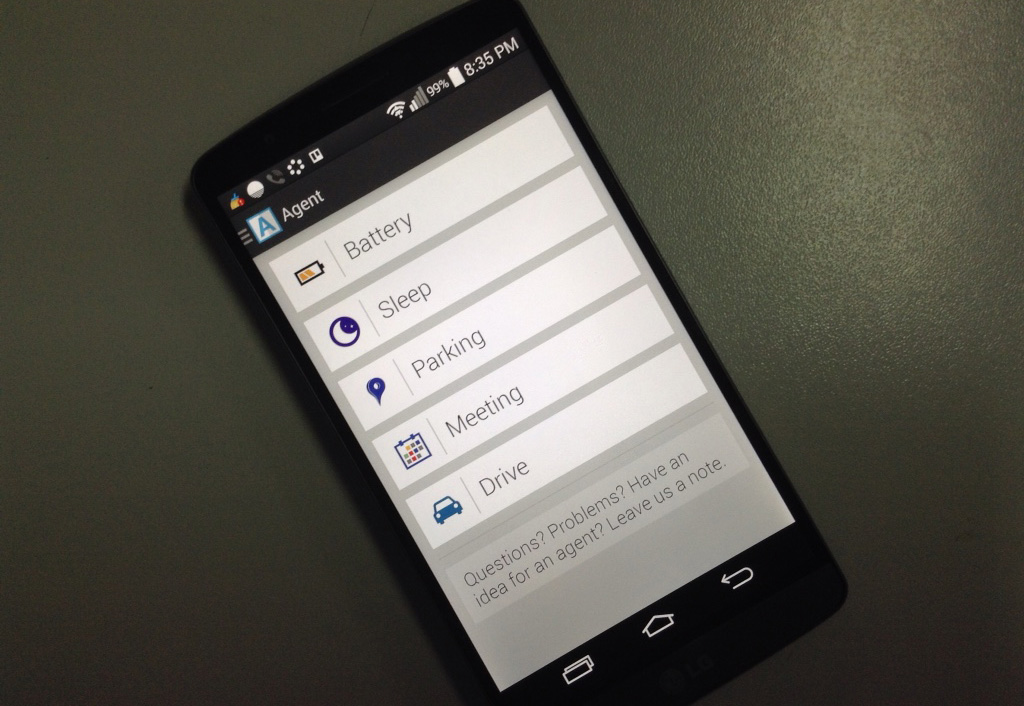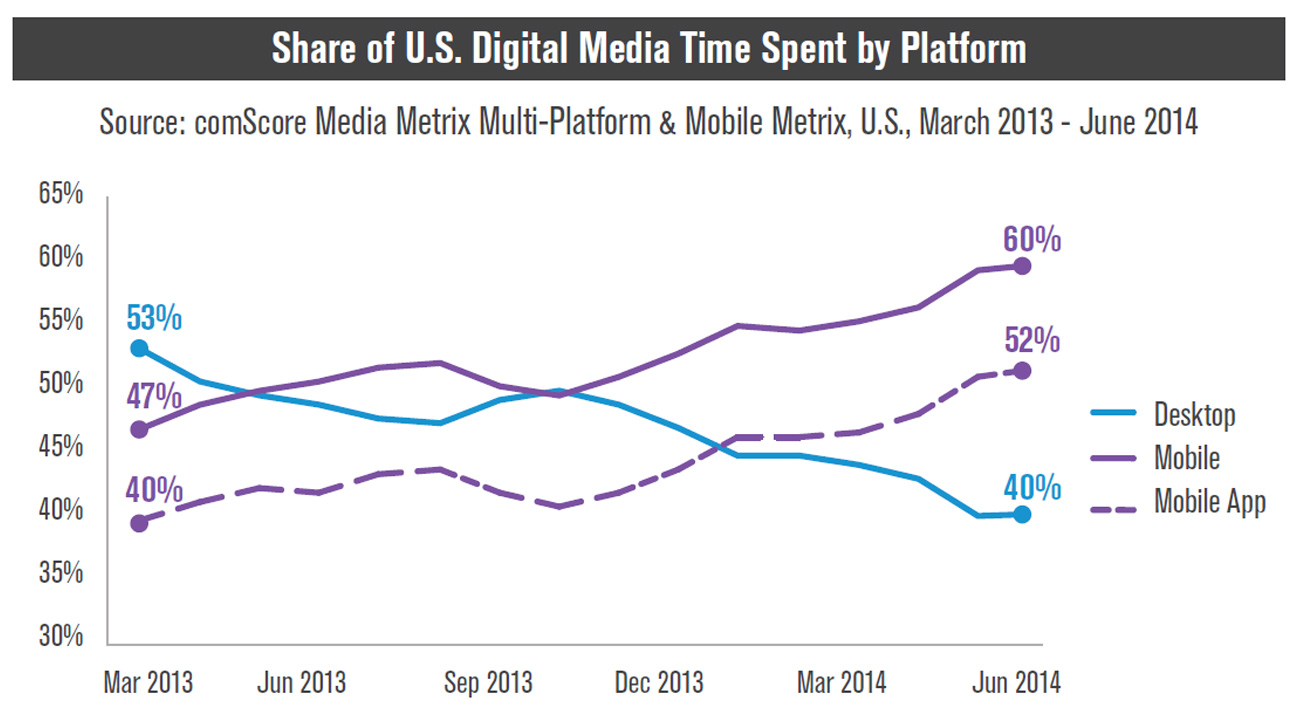I’m not one of those people who has a constant need for a neat looking planner at the beginning of the year, because I know that I can keep myself organized and reminded well enough with the use of a few apps here and there. What are these apps? Check these out.

Timetable for Android
I have been using Timetable for more than a year now, and I never had thoughts of uninstalling it because it’s very useful, especially for students like me. Basically, you encode your schedule the moment you get it from your school, and the app does the rest for you – from reminding you to go to class to organizing your to-do lists for your subjects. Also, if you have other friends and devices who use the app, schedules can easily be shared.

{Android}
Google Calendar / Sunrise
If you’re not in school or for your other things not associated with school, I keep my tasks and events on the Google Calendar. I wasn’t a Calendar user before, but now that it looks a lot better thanks to Material Design, count me in.
Because of Google’s integration, I rely on it a lot since I already input the locations of my events beforehand, and Maps will do the work for me. I can also have reminders emailed to me if I wanted to.

Side to side with Google Calendar, I also use Sunrise which is also really great since it manages all of my synced accounts’ calendars well such as Facebook events & birthdays. It’s also available in a lot of platforms, so that’s a huge plus.
{Google Calendar: Android} {Sunrise: iOS, Android}
Google Keep / Evernote

For short notes and checklists, I run to Google Keep and it’s just the way I like it – simple yet colorful. With Keep, you can also add images and audio to your notes, but if you need something more powerful, I once used Evernote and it’s still one of the best around.
You can download Keep here, and Evernote here: iOS, Android.
Google Inbox
With Google Inbox, I was able to organize my infinitely cluttered e-mail inbox in less than a day. It organizes all of your emails into bundles, and you can also snooze them to have the app remind you later.

And also, speaking of reminders, the app is also made for that since it allows you to pin things you want to remember. It’s really handy to have this, but sadly it’s still in beta and will require you to have an invite first before you can use it, even if it’s available across various platforms.
Timely for Android
To spice up your clock app, download Timely and hide away your stock clock app. Timely is very simple to use and has all the bells and whistles you’d expect from a clock app (stopwatch, countdown, alarms) – but the best part is really that it’s just so smooth and beautiful.

Maybe when you wake up the next morning, you won’t be so grumpy.
{Android}
The post 5 Time Management Apps to Keep You Reminded appeared first on YugaTech | Philippines, Tech News & Reviews.



